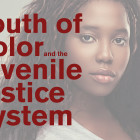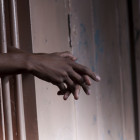
OJJDP Is Simplifying Title II Work to Focus on DMC Reduction, Not Process
|
The Office of Juvenile Justice and Delinquency Prevention (OJJDP) is taking a new approach to Title II (the portion of the Juvenile Justice and Delinquency Prevention Act authorizing states to innovate efforts to improve juvenile justice systems and ensure the fair treatment of youth) that will facilitate better communication and increase trust between OJJDP and the states. This will give OJJDP more time to focus on compliance and programming assistance, and it will allow states to redirect resources toward reducing disproportionate minority contact (DMC), while at the same time maintaining public safety, holding youth accountable for their conduct and empowering them to live crime-free.








